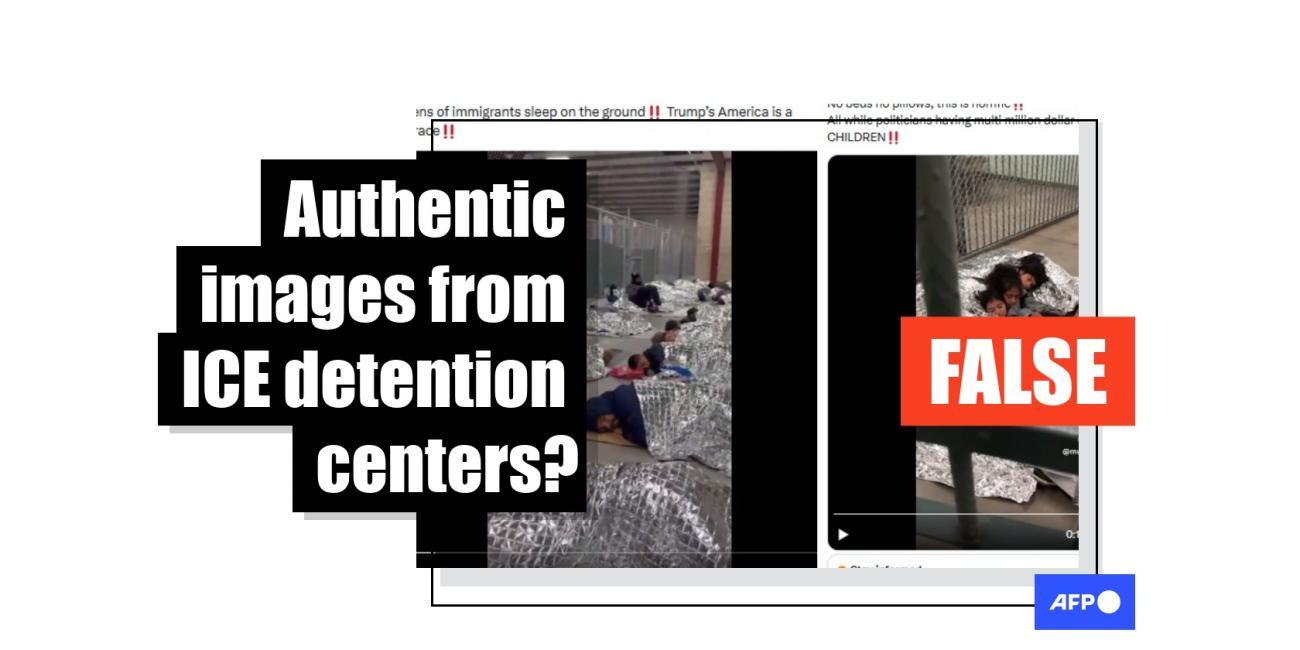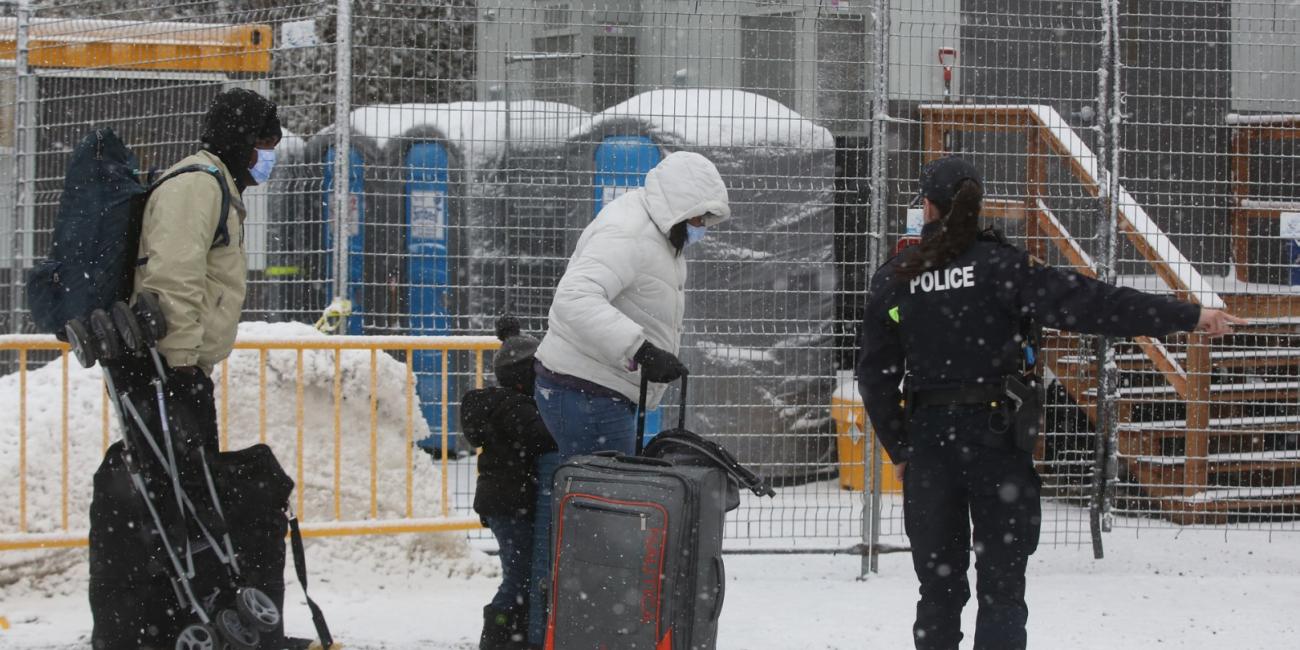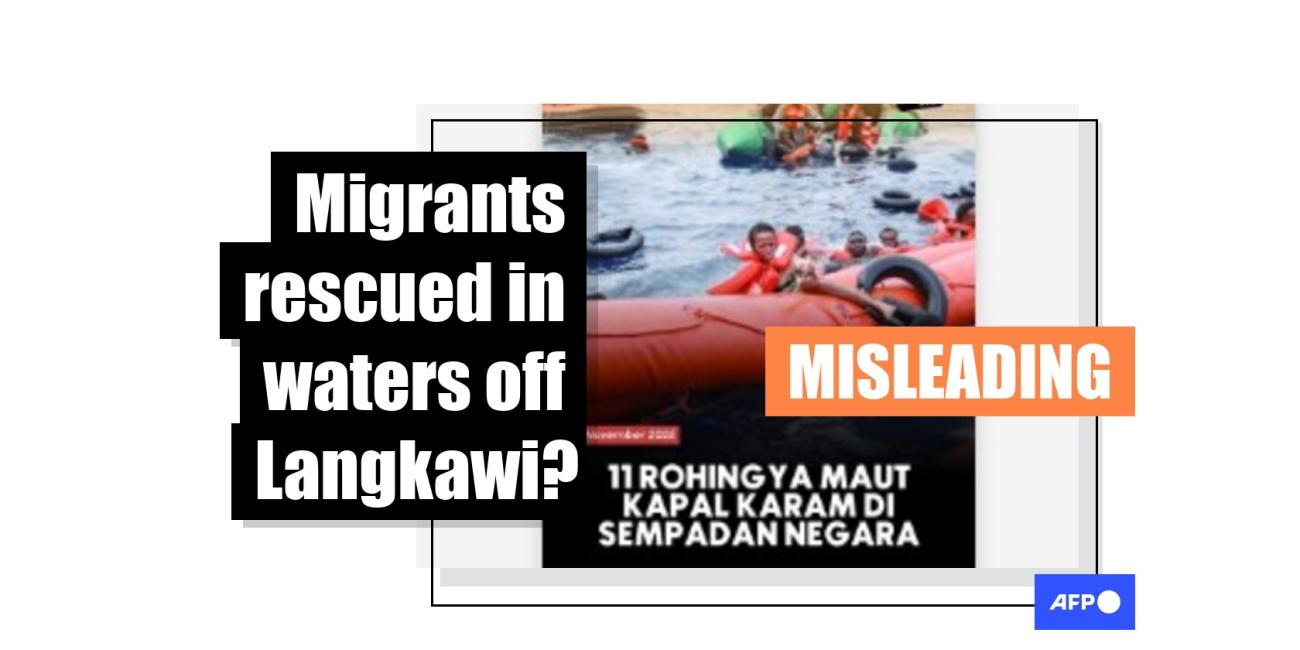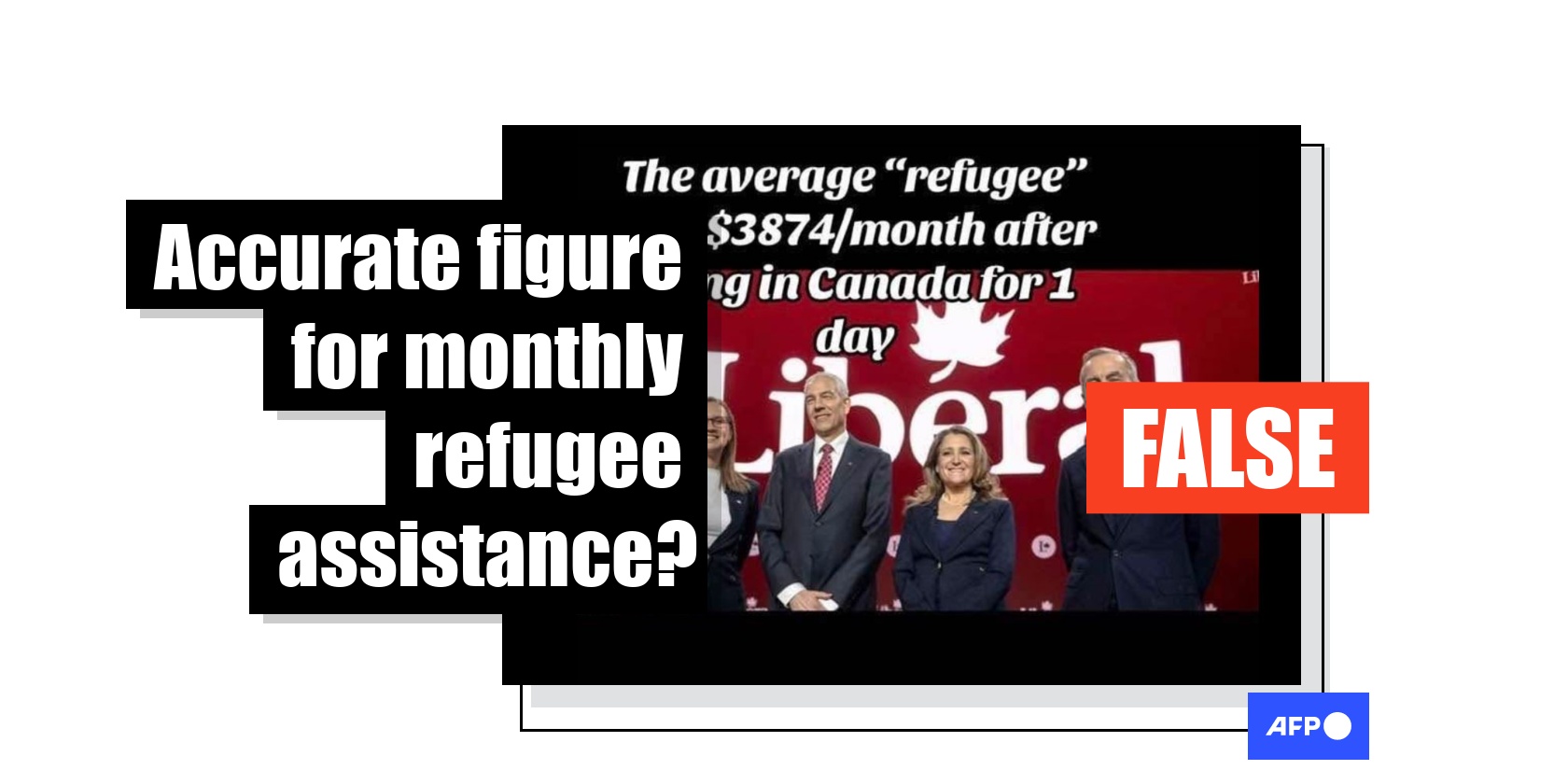
Misinformation resurfaces about Canadian aid to refugees
- Published on April 29, 2025 at 21:07
- 4 min read
- By Marisha GOLDHAMER, AFP Canada
"This should make you angry at Liberals," says an April 20, 2025 Facebook post.
The post shows a photo of top Liberal Party politicians, including Prime Minister Mark Carney.
"The average canada pension recipient gets $1200/mo after working 50+ years," text over the picture says. "The average 'refugee' gets $3874/month after being in Canada for 1 day."
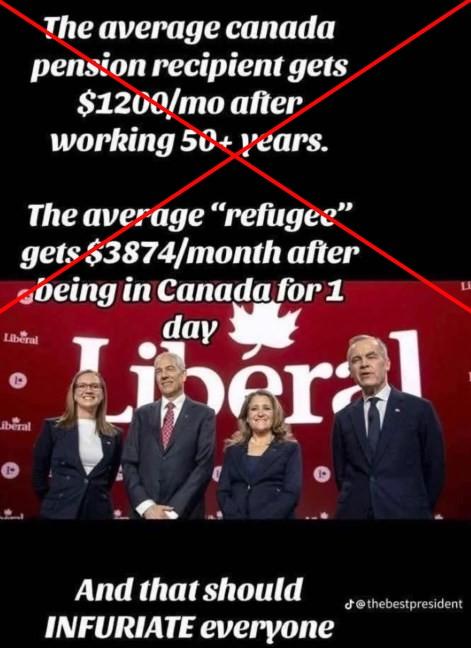
The image, which also spread across X and Threads, appears to trace to a TikTok video with more than 500,000 views.
Carney won Canada's April 28 election, securing another mandate for the Liberal Party, after replacing Justin Trudeau, who resigned following a decade of power.
An open immigration policy was a pillar of Trudeau's government, fulfilling a key campaign promise by resettling tens of thousands of Syrian refugees. But as affordable housing became scarce and rents rose, the policy became unpopular. In 2024, his government announced sharp cuts to immigration (archived here).
Polling conducted for local media showed immigration ranked seventh among issues concerning Canadian voters, in a race dominated by US President Donald Trump's tariff war and threats to the country's sovereignty.
Carney's Liberal Party said it plans to stabilize permanent resident admissions at less than one percent of Canada's population annually beyond 2027, while maintaining its "global leadership in prioritizing the world's most vulnerable, including human rights defenders and refugees" (archived here).
But the figures comparing pension benefits paid to Canadian workers with aid offered to refugees are inaccurate -- and have circulated online for years.
2025 pension benefits
Canada's government administers both the Canada Pension Plan (CPP) and the Old Age Security (OAS) pension.
In Québec province, workers participate in the mandatory Québec Pension Plan in place of the CPP.
Depending on the age a person begins collecting and their average earnings throughout life, Canadians can receive a maximum of $1,433 each month from the CPP, according to the government's website (archived here). As of October 2024, the average CPP pension was $899.67 per month.
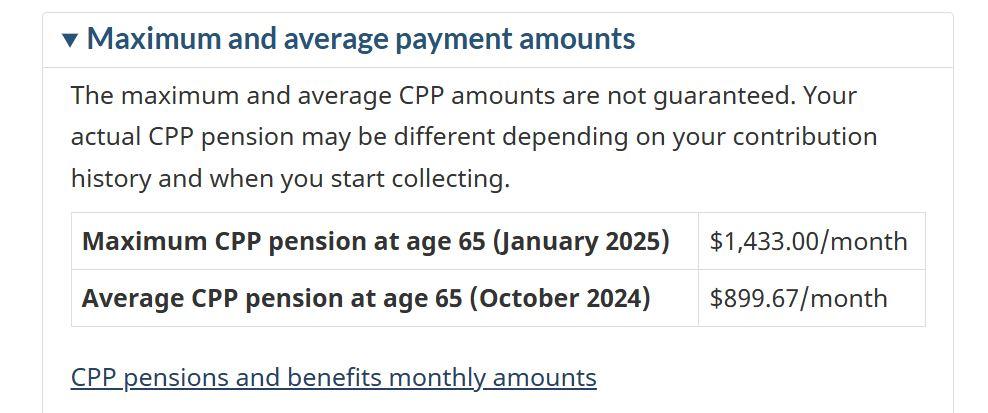
OAS pensions are separately paid to seniors aged 65 or older who lived in Canada for 10 years after the age of 18, regardless of whether or not they worked (archived here). They are calculated based on income and time spent residing in Canada, with the maximum monthly payment capped at $727.67 for people between the ages of 65 and 74 with a net income less than $142,609.
Canadians earning less than $22,056 also qualify for a Guaranteed Income Supplement of up to $1,086.88 (archived here).
Combined, the OAS and Guaranteed Income Supplement benefits can reach a maximum monthly payment of $1813.55.
Guaranteed Income Supplement payment amounts are reviewed quarterly to ensure that they reflect cost of living increases, as measured by the Consumer Price Index. The government does not decrease payment rates if the cost of living goes down.
Direct support to refugees
A person cannot apply directly to Canada for resettlement. Refugees are identified for resettlement by the United Nations Refugee Agency or private sponsors (archived here).
These newcomers occupy a different status from asylum-seekers in Canada, who are processed when they ask for protection at a port of entry or after entering the country (archived here).
AFP first examined the false assertion that refugees receive $3,874 each month in 2019 and found that the number came from an invoice detailing a one-time start-up allowance and other assistance granted not to a single refugee, but to a family of five.
In all provinces except Québec, refugees receive a one-time payment to establish a household, including help to get utilities installed, purchase furniture and an allowance to obtain proper winter clothing (archived here). The funding increased in September 2024 and now ranges from $3,197.89 for an individual to $9,326.16 for a couple with four dependants (archived here).
Additional funds of $157.13 per child are also provided to families attending provincial schools.
In addition to the start-up allowance, the Resettlement Assistance Program provides refugees with monthly aid, but only for a maximum of one year (archived here). The support is based on the prevailing provincial social assistance rates and is intended to cover basic needs and shelter.
In Alberta, for example, a single adult would receive $536 to cover basic needs and $330 for shelter. If the same individual settled in Ontario, they would collect $343 for basic needs and $390 for shelter, with the shelter assistance jumping to $522 in the Greater Toronto and Hamilton Area (archived here). In both provinces the monthly allowance is less than the average CPP payment.
The largest monthly allowance for an individual refugee was $1,361 in Prince Edward Island, and the smallest was in New Brunswick at $571 (archived here and here). When actual housing expenses exceed the basic shelter allowance, an addition of up to $200 per month may be provided.
Monthly aid increases based on the number of members in a family and may also include special allowances for pregnancy or to aid with a newborn baby.
Refugees also qualify for a monthly communication allowance of $78.41 across jurisdictions. Adults get transportation passes in metropolitan areas such as Vancouver, Calgary, Winnipeg and Toronto, while a flat rate of $82.97 is given to those settling in communities that lack public transit.
Individuals and groups who privately sponsor refugees can also step in for the government by agreeing to support a refugee or family financially (archived here and here).
Fine more of AFP's reporting on misinformation in Canada here.
Copyright © AFP 2017-2025. Any commercial use of this content requires a subscription. Click here to find out more.
Is there content that you would like AFP to fact-check? Get in touch.
Contact us
